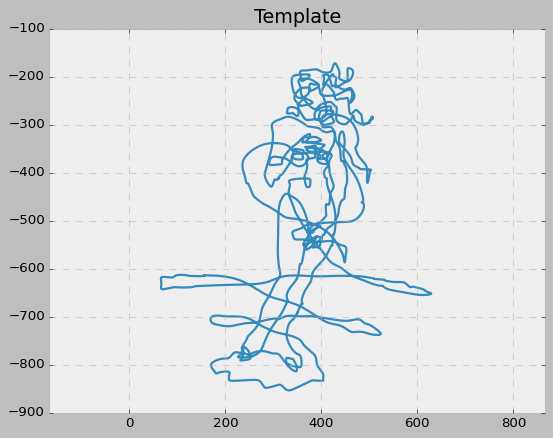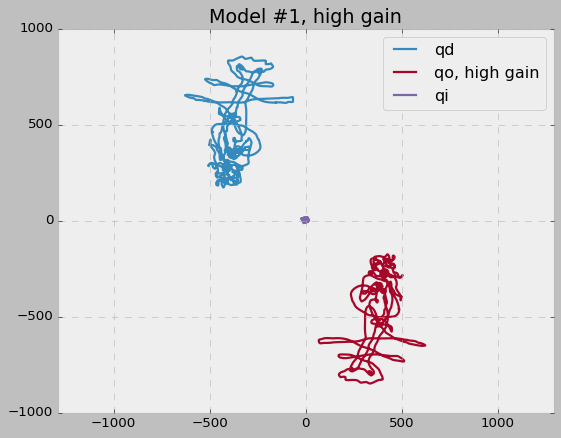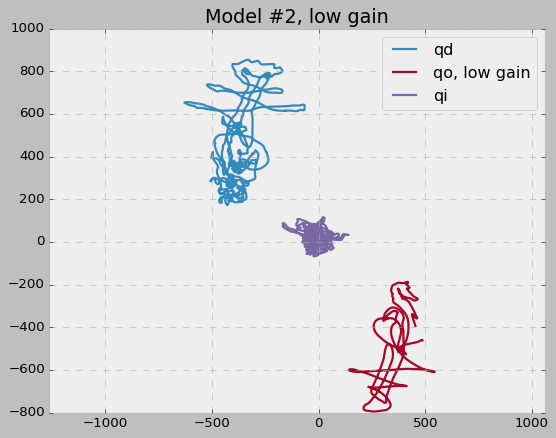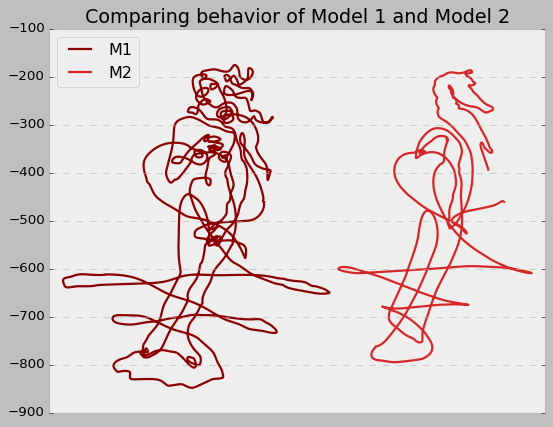RM: I thought I would start this as a separate topic since the discussion of the behavioral illusion, though wonderfully enlightening from my point of view, was probably a bit too far down in the weeds for people with a more general interest in PCT. This topic is about the more general implications of the behavioral illusion. While looking up some material for a paper I’m trying to write I came across a couple pieces from Bill Powers that show that he didn’t see the behavioral illusion as a very narrowly defined phenomenon, relevant only to the S-R relationships observed in psychological experiments. Rather, he saw the existence of the behavioral illusion as the basis for a revolution in all the life sciences that deal with the behavior of organisms.
RM: One piece of evidence for this is in the Abstract of Bill’s 1978 Psych Review paper where the behavioral illusion was first mentioned by name. Here’s what Bill said in the abstract to that paper:
BP: A general nonlinear quasi-static analysis of relationships between an organism and its environment shows that the classical stimulus-response, stimulus-organism-response, or antecedent-consequent analyses of behavioral organization are special cases, a far more likely case being a control system type of relationship. [Powers , 1978; from Abstract)
RM: The quasi-static analysis is the one that resulted in the equations that define the behavioral illusion. What Bill is saying here (which he didn’t say explicitly in the body of the paper) is that this illusion – seeing the behavior of a control (N) system as that of an open loop (Z) system – rules out all open-loop explanations of behavior: S-R, S-O-R, and selection by reinforcement. These open-loop explanations are “special cases” of a control system analysis in the sense that a control system can produce behavior that looks like S-R, S-O-R, and operant conditioning. So while Powers didn’t explicitly say that S-O-R (which includes O-R – planned output) and operant conditioning phenomena are behavioral illusions, clearly he knew that they are.
RM: But I found the most compelling evidence that Bill considered the behavioral illusion to be a general indictment of all open-loop views of behavior in a post to CSGNet that Bill wrote just six months before he died [Powers, W. T. (2012) Message titled “Joint Project” posted to CSGNet Tue, 20 Nov 2012 13:21:04 -0700]:
BP: There is one clear message that we have to send to the life sciences concerned with behavior, which in one way or another means all of them. It is that **all the behavioral sciences have been pursuing an illusion during their whole history, the behavioral illusion. They have been misled by the actions that organisms use for generating effects that are of importance to them into thinking that those actions are the effects of importance. Even now, and even on CSGnet, this error continues to be made. [emphasis mine - RM]
RM: Here it’s clear that the illusion is not just seeing S-R relationships the wrong way – as organism functions rather than feedback functions. That illusion is just a subset of illusions that are based on focusing on overt actions (like the actions involved in moving the limbs in various trajectories or pressing levers for food) rather than the effects of those actions, which, of course, are the variables being controlled – controlled variables. The behavioral sciences have been pursuing an illusion because they have failed to see (or have actively ignored) the variables being controlled by the actions under study.
RM: Bill goes on to say:
BP: As far as I can see, our case is clear and airtight. A scientific revolution is desperately needed and completely justifiable.
I have suggested this several times before and have run into immediate resistance within the CSG from those who did not want to go so far as to declare failure of the mainstream approaches. I’m quite willing to let that go unsaid, but not willing to withhold arguments against mainstream interpretations of control phenomena.[emphasis mine-RM]
RM: Bill is no longer with us but the people who were resisting his call to declare the failure of the mainstream approach are still on CSGNet and here on Discourse. And now they are carrying the torch for the mainstream approach without Bill there to argue against them. Indeed, they are doing it in the guise of being disciples of Powers, as though Powers would be arguing for the usefulness of the mainstream approach, at least in some circumstances. And as one of the only ones doing the arguing against the mainstream approach – and for the revolution Bill hoped for – my efforts have been rewarded by being pegged as an enemy of PCT. The irony is overwhelming and I would think it amusing if it weren’t such an ugly betrayal of what Bill worked so hard to achieve – a true revolution in the sciences of life.
RM: At the end of that post where Bill made the above comment he said the following, which, I think, shows how important revolutionizing the life sciences was to him:
BP: But I don’t want to let them [those on CSGNet resisting his call to declare failure of the mainstream approaches – RM] influence me anymore. There is a chance that the work I have been devoting most of my attention to for 60 years can make a major difference in improving the way the sciences of life and the social sciences advance from here on. The more of us who participate in the effort I am proposing now, the better the chances of success become. But if I have to, I will try to do it alone.
RM: And I echo his words. It would be nice to have many people participating in the effort to revolutionize the life sciences based on an understanding of living organisms as input control systems. But if I have to, I will try to do it alone. But I know that I’m not alone this time. But I could always use many more on the team.
Best regards
Rick



